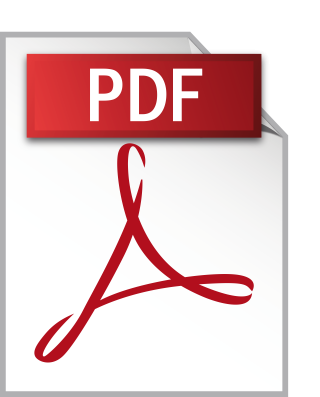 CLEANCONNECT: A CARWASH BOOKING SYSTEM
CLEANCONNECT: A CARWASH BOOKING SYSTEM
by Lourent Fernan Lagrisola Laguardia • 2025
The vehicle's ownership has been increasing over the past few years. It is crucial to maintain the cleanliness of the vehicle for both aesthetic and practical reasons. Vehicle owners are availing car wash services for convenience, maintenance, and professional care. However, there are certain problems encountered during busy hours. Customers must queue up for a long period till their turn. In addition, most of the customers are having a hard time choosing and locating a trusted car wash. station. While most car wash businesses still use manual methods in the process, from recording customer data to car wash cleaning reservation. Therefore, a study was conducted using the system development method, namely Agile in order for them to perform any iterations they could until they reached the set requirements. Furthermore, essential data were collected, and the features of the developed system was evaluated. The results of the study evidently show a positive outcome, and the expectations for the developed application were met. The findings of this study discover the topmost common problem encountered by car wash manager/station and car wash customer is queuing of vehicle or long waiting time. The level of acceptance of car wash station/manager and car wash customer in terms of functional suitability, usability, and reliability were rated as highly acceptable. In addition, for the level of satisfaction of car wash station/manager in terms of receiving booking information, updating car wash prices and services and generating reports were rated as highly satisfied with 4.44 mean rate. While the level of satisfaction of the car was customer in terms of locating car wash station, viewing car wash services and prices; and providing rate or feedback were rated as highly satisfied with a 4.39 mean rate. In addition, the study also recommends the usage of the developed system for ease and convenience in making a car wash reservation.
